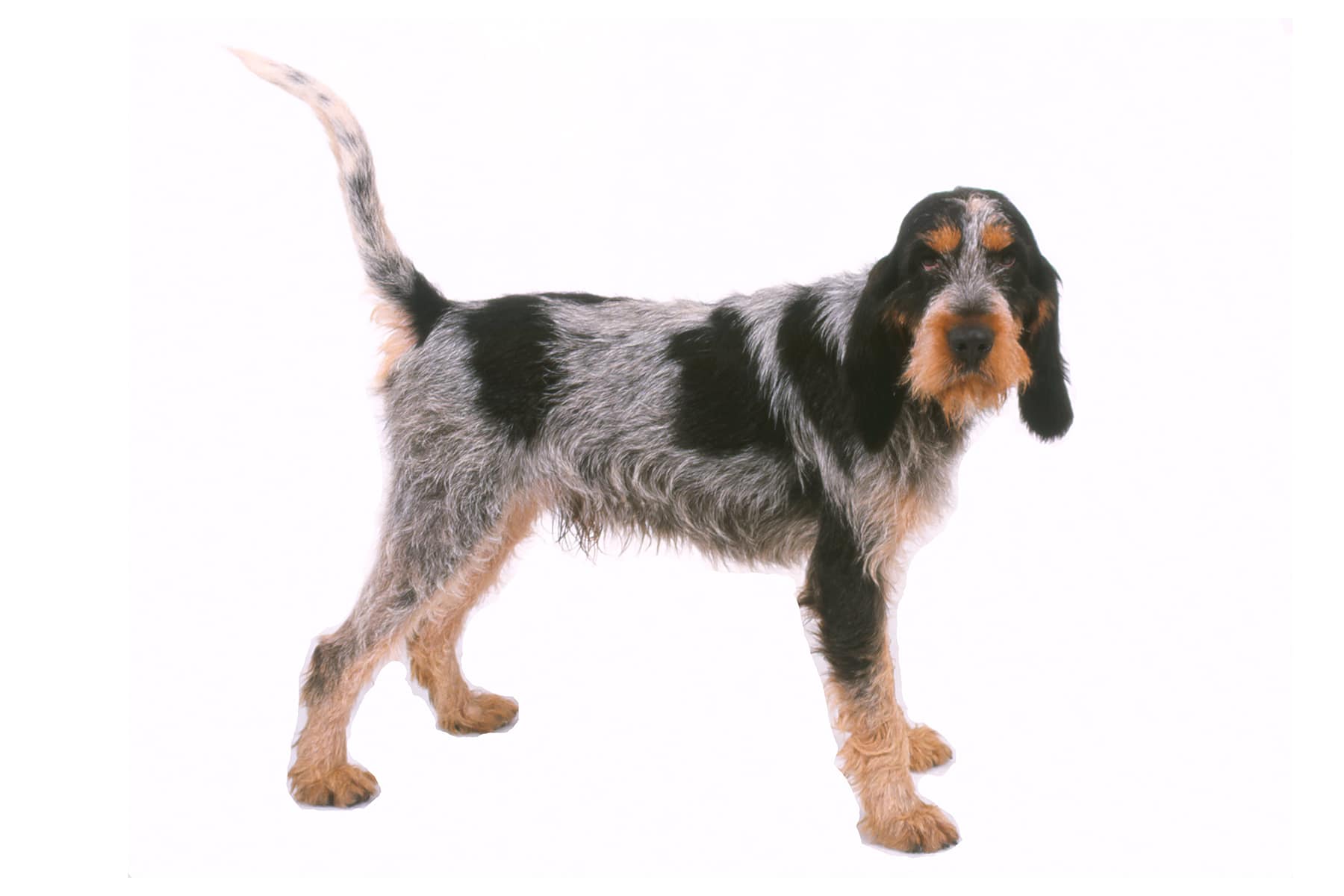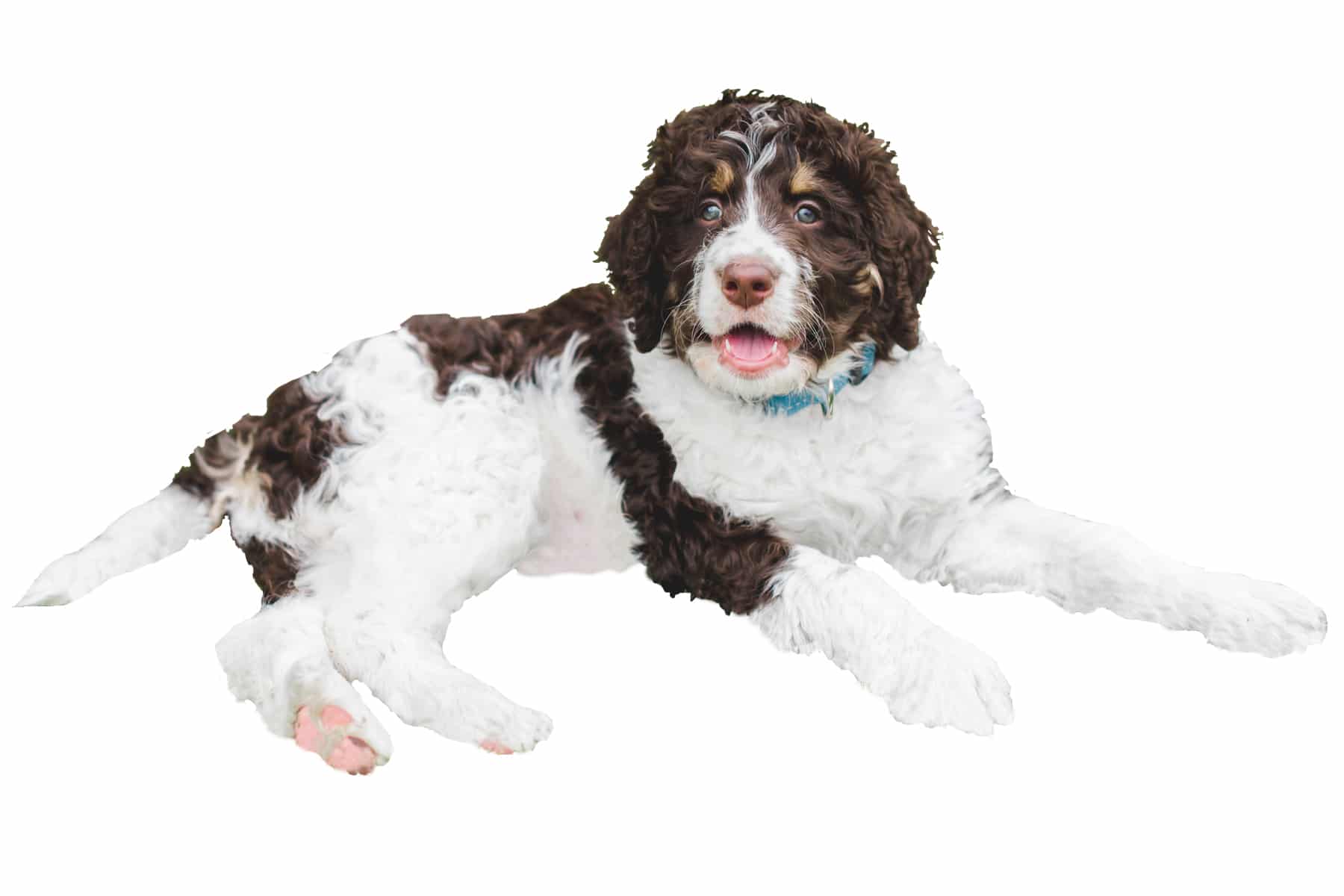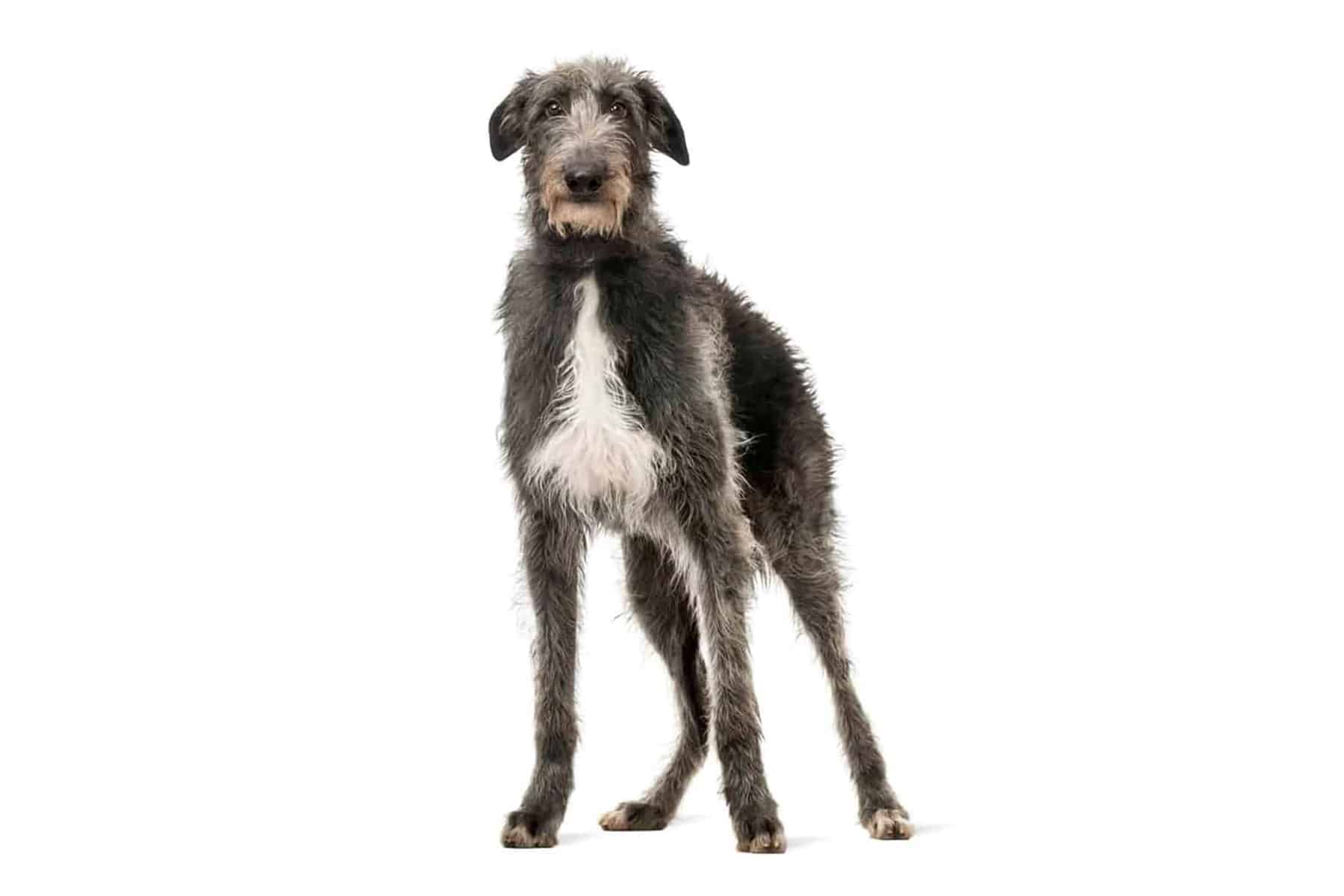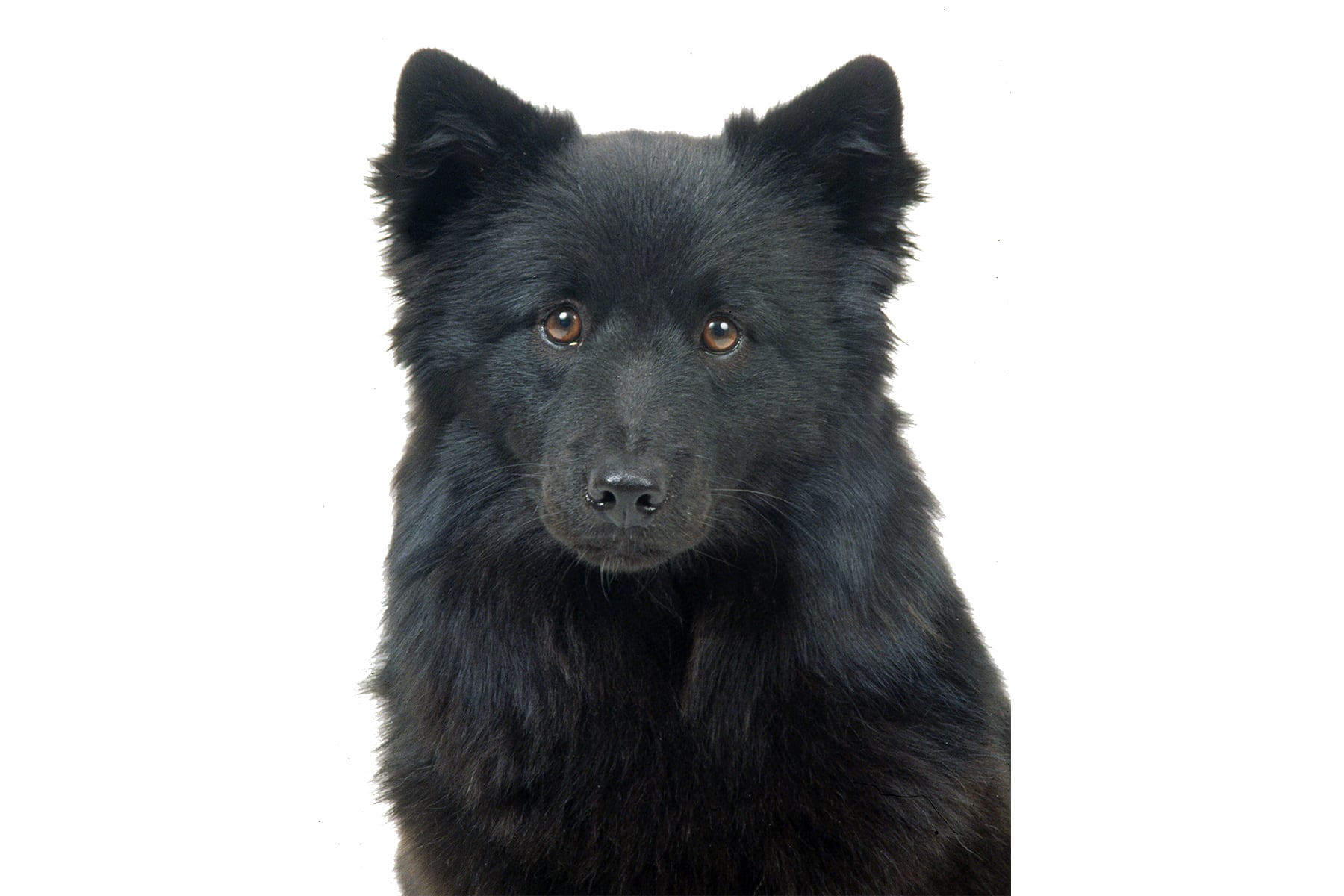Xoloitzcuintle
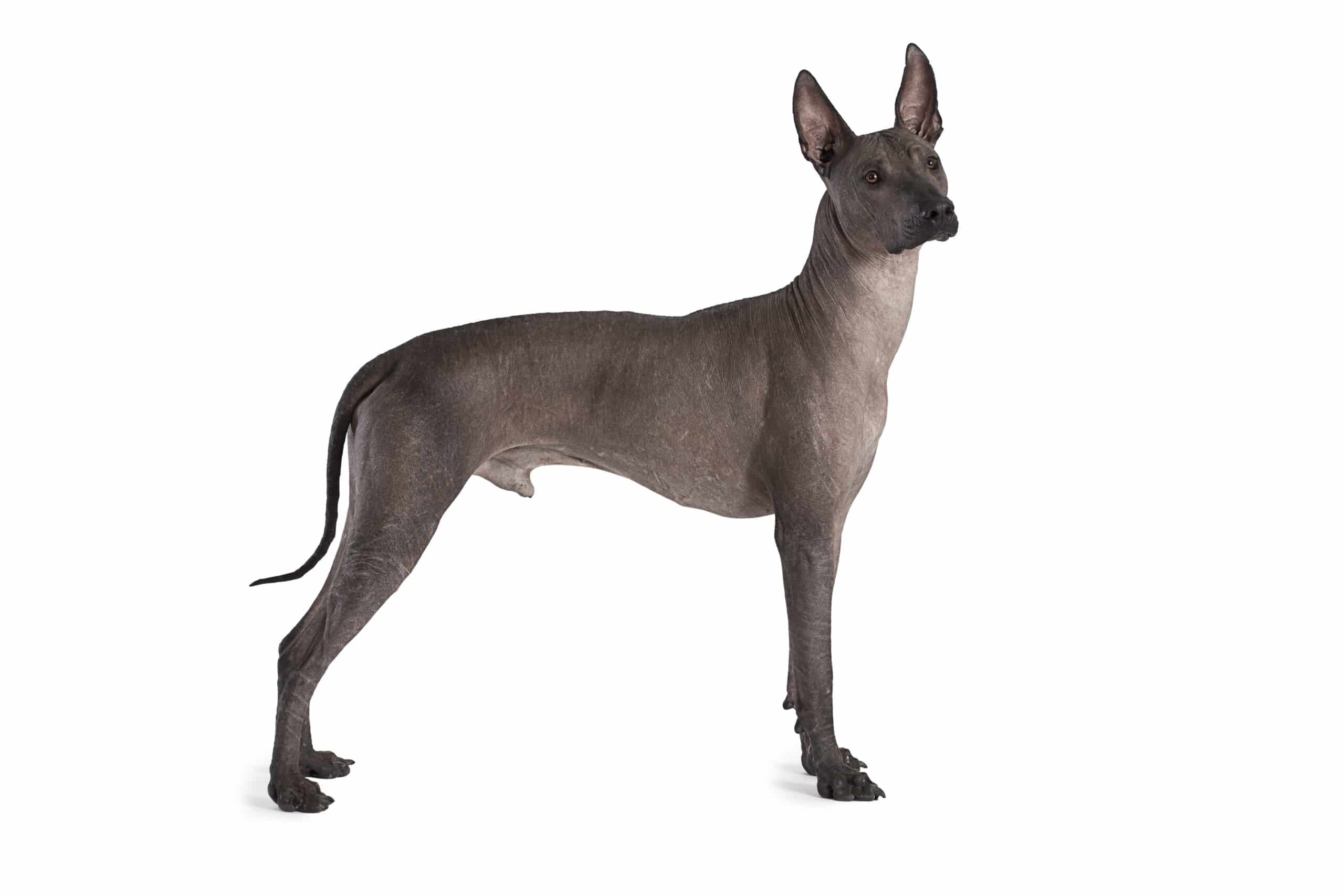
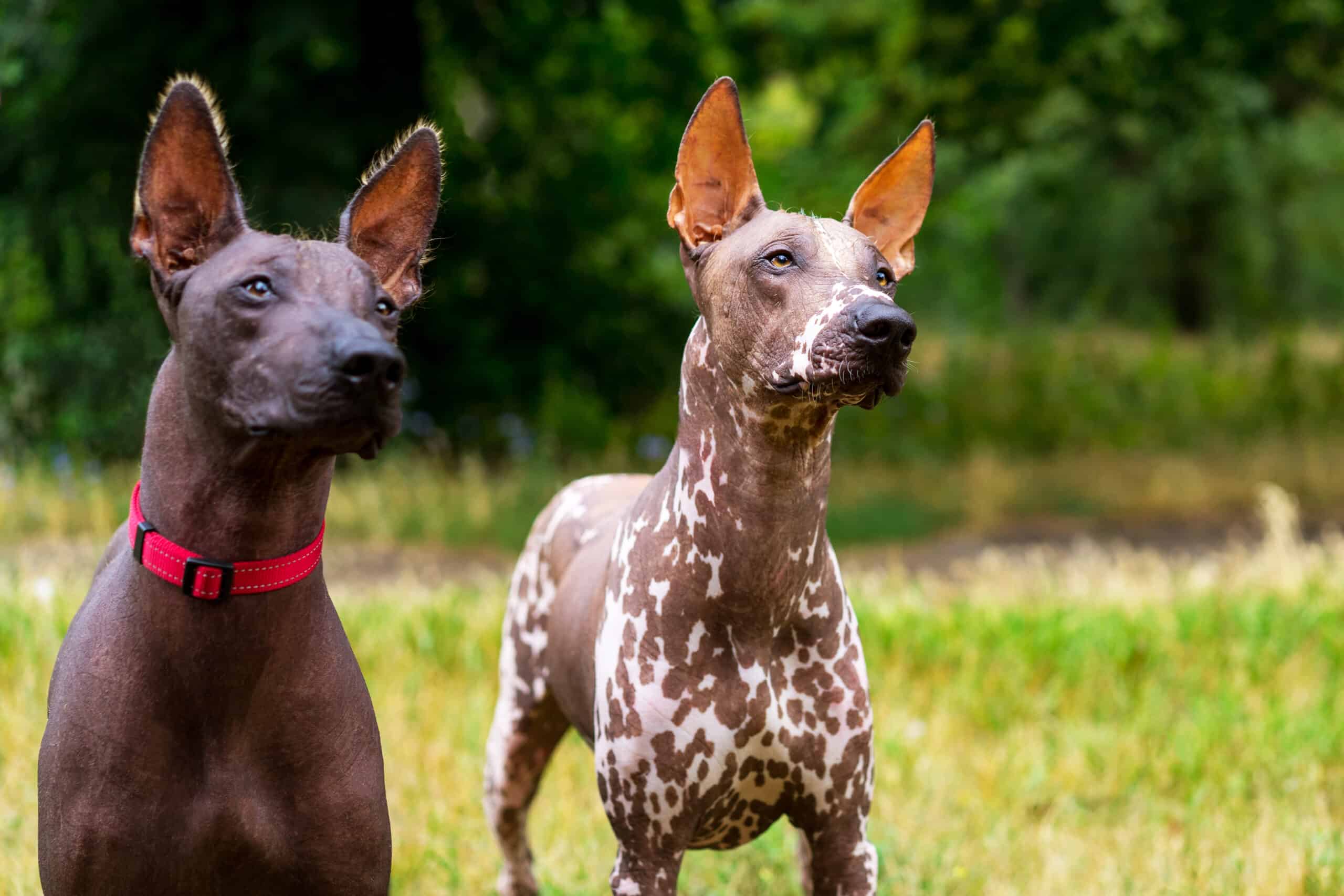
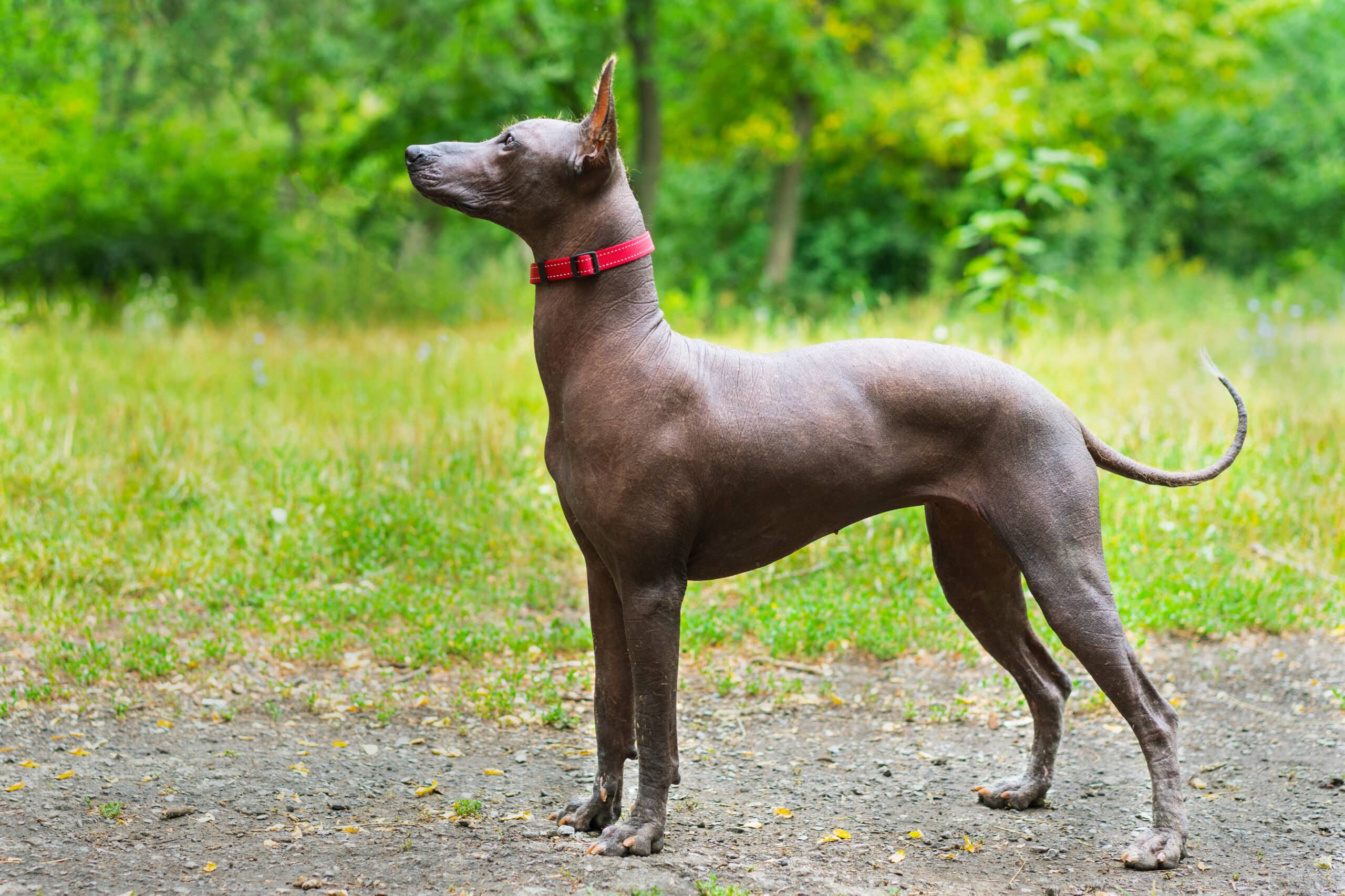
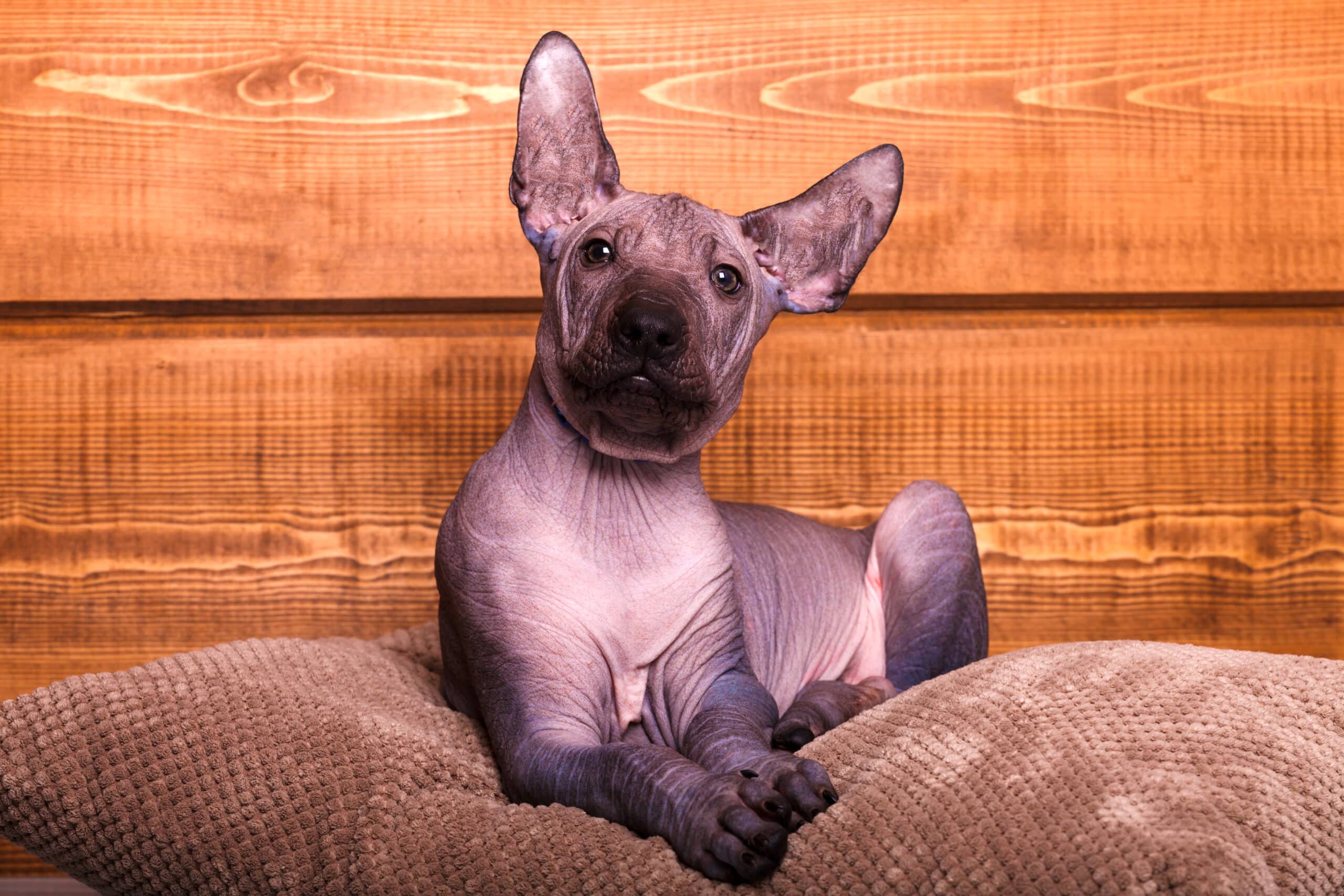
Temperament:
The Xoloitzcuintle - also called Mexican Naked Dog or Xolo for short - is a real exotic in Europe. He owes his name naked dog to his lack of fur. If you are looking for a special family dog and have an allergy to dog hair, this breed could be just right.
Characteristics
The xoloitzcuintle is also called Mexican naked dog or short Xolo called. The dog breed is recognized by the FCI and falls here under the category of dogs in the "archetype". This unique dog breed has been bred for 3500 years.
The Mexican Naked Dog is found in bred three different sizes. A distinction is made between Standard (46cm - 60cm), Medium (36cm - 45cm) and Miniature (25cm - 35cm). There are also Xolos with fur, but they still carry the special genetic defect of the breed.
Xoloitzcuintle with fur have a dense, short coat all over the body. The dogs with fur have the same colors as their hairless relatives. Coat and skin colors are black, slate gray, liver or bronze. The Xolo may also have white or coffee brown patches. For breeding, hairless and hairy Xoloitzcuintle are crossed.
The Mexican Naked Dog is muscular and has a relatively broad chest. The legs and tail of the athletic dog are long and sinewy. The dogs without fur often lack teeth or have no teeth at all. The reason for this is the genetic defect that also causes the lack of fur. If you want a Xolo, you should consider that he might have dental problems.
What is striking about the Xolo are its pointed bat ears. The almond-shaped eyes can be any color from yellow to black. All Xoloitzcuintle have a leathery skin, which gives them a lot of protection from cold and wet. They are not more sensitive than short haired dogs because of this. You should protect your Xolo against the sun, though, as the dog can easily get sunburned. Light-colored dogs and all light-colored areas on the skin are especially at risk.
The xoloitzcuintle is a sporting dog. Since he is easy to train, the Xolo is a pleasant companion dog. He has a friendly nature and is a loving family dog. The outgoing dog is never aggressive even with strangers, but can be suspicious. Nevertheless, the Xolo is an attentive and alert dog.
You should replace your Xolo with Encourage regular play. Walks and exercise in general are very important. The lively dog is cheerful and easily excited. A Xoloitzcuintle that is walked regularly is a pleasant and quiet apartment dog. The Xolos are well suited for dog sports, such as. Agility exercises.
Especially xoloitzcuintle without fur is well suited for allergy sufferers. Of course, you should first test whether you react to the dog and the breed. Only if an allergy is excluded, you should take a dog with you. For example, ask a breeder if you can visit him once. You can also get to know the nature of the Xoloitzcuintle.
Coat care:
Shedding:
Energy level:
Trainability:
Children suitable:
The right food
The Xolo is a fairly healthy dog, but should be well fed due to its unusual genetics.
Some xoloitzcuintle need more food than other dogs. Especially the dogs without fur lose weight faster and have high energy needs. It is more difficult for these animals to maintain base temperature. Make sure your Xolo has a high-quality fodder to give. Good feed has a high nutrient density and ensures adequate supply.
When feeding your Xolo, you should also make sure your dog's weight is consistent. Weigh your Xolo regularly and adjust the food ration accordingly. Especially the smaller Xolos should get enough food, as they have a higher basal metabolic rate than larger dogs. Some dogs may maintain their weight better if fed several times a day. A good average is to feed the Xolo twice a day.
If you connect your Xolo with treats, you should subtract them from the main food. There are many healthy treats for dogs. You should avoid supplementary food with sugar, which can aggravate existing dental problems.
One health issue with the xolo is their Misaligned or missing teeth. You should therefore check the teeth regularly. Make sure that your dog can chew his food well. If your dog has no teeth, you should switch to wet food. If dogs cannot chew their food properly, the food cannot be digested well. As a result, the dog does not absorb enough nutrients.
Although Xolos can have dental problems, they have a need to chew. You should therefore give your Mexican Naked Dog something to chew on more often. Watch your Xolo and see what he can chew with ease. Beef skin treats are good for most dogs. If your Xolo has a lot of dental problems, you can also give him soft chew toys. This will allow him to satisfy his natural need to chew without putting too much strain on his teeth.
Health & Care
With the generally rather low-maintenance Xolo, some special features should be taken into account, but they differ depending on the dog's coat.
Hairy Xolos have a short and dense coat that should be brushed regularly. Like all dogs, the Xolo should be bathed very rarely. It is important to use only dog shampoo for this purpose.
Some xolos without hair tend to dry skin, which is uncomfortable and can encourage injury. You can protect your Xolo with some Baby oil rub, which can be a useful protection, especially during the heating season. Be sure to use an organic baby oil without additives.
If you own a Xolo without hair, its skin should also be covered by be protected from the weather. Like a human being, bare skin is at risk of sunburn in sunny weather. Especially on very sunny days should your Xolo with a thin Dog coat be covered. When doing this, you should make sure that the coat is made only of thin cotton exists. On very hot days, your Xolo should stay in the shade. Especially black dogs are very sensitive to heat.
Although Xolos do not have fur, they are not very sensitive. If it is very cold, your Xolo should still be protected against hypothermia. This also applies to hairy Xolos. If you take your Xolo for a walk in winter, he should wear a warm coat. Especially when the dog walks on a leash, he can quickly get hypothermic. The more the dog can run, the better he can keep warm.
In addition to everyday care, you should especially take care of the Denture of your Xolo on a regular basis. It can be helpful to brush the teeth. This requires some patience, as most dogs do not like brushing their teeth. Get your dog used to brushing as a puppy and use special dog toothbrushes and dog toothpaste. Products for humans are unsuitable, as they can be toxic for the animal.
When taking care of your dog, you should always have a lot of patience and time. If your dog keeps still, reward him with food and good coaxing.
The bare skin has one advantage: the xoloitzcuintle are only slightly susceptible to parasites. The thick skin makes it harder for parasites to penetrate.
Suitable accessories
For your Xolo you need a suitable collar and a leash. The collar should fit well, as there is no protective coat. A padded collar can be useful. In the beginning you should give your puppy the tableware lead. This prevents injuries when he pulls on the leash.
Of course your Xolo needs at least two bowls. In addition, it should have a fixed sleeping in fresh holes have. For this is padded cup or a Dog cushion suitable. You can also assign your dog a blanket on the sofa. Especially in families, however, the dog should always have an undisturbed place of retreat.
Your Xolo probably needs Protective clothing. Always make sure that the clothes fit well. Inappropriate clothing restricts the dog and can rub against the skin. Generally, it is a good sign if your dog likes to run and play in his clothes.
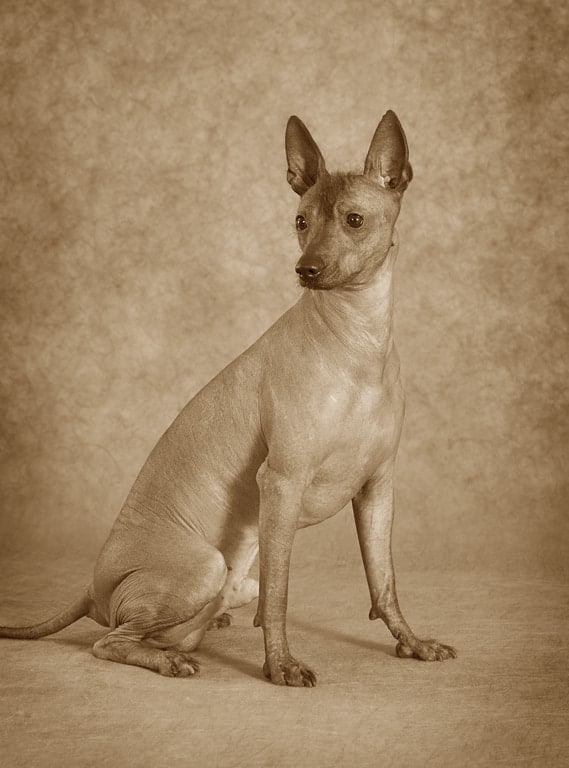
Origin & History
The Xolo is one of the oldest dog breeds at all. The Xoloitzcuintle was created in Mexico. To this day, the xoloitzcuintle is used in the Andes held by the Indians. There are even images of xoloitzcuintle made around 1700 BC. The clay figures look very similar to today's xolos.
The name Xoloitzcuintle means "Dog of the god Xolotl". The dogs of the Aztec were very valuable and respected. For many centuries they were kept by the Aztecs and bred for their appearance.
In earlier times, the xolo probably had several tasks. But the dog was never a workhorse. He was Shareholders for the sick and warmed them. Sometimes xolos were sacrificed. In addition, the dogs were also partly slaughtered and eaten. They were considered a delicacy at that time.
There were also many Mummies from Xolos found, which were probably made to accompany the deceased to the afterlife. This shows how important the dogs as Companion of the people were already in earlier times.
The Xolo was crossed with European dogs in later centuries. This gave rise to the Chinese naked dog. The breeding of xolos is sometimes called torture breeding. If you want a Xolo, you should inform yourself about the genetics of the dogs. The genetic defect of the dogs causes, among other things, that a part of the dogs dies in the womb.
Today's Xolo comes for the most part from the pre-Columbian dogs ab. Only a small part of the genetic material is European. The Xolo was almost wiped out after the European conquest of South America. For many centuries it was almost disappeared.
The Xolo is known in Europe only since the 1950s. Since then, there are also breeders who want to preserve the breed.
